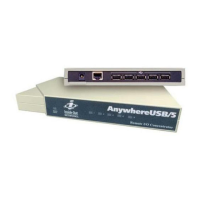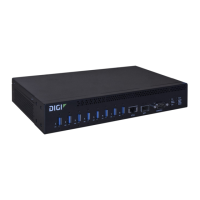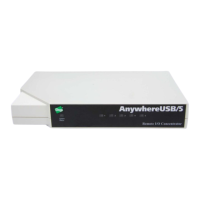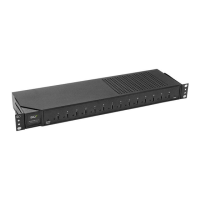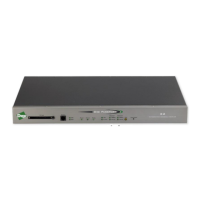User authentication Remote Authentication Dial-In User Service (RADIUS)
AnywhereUSB® Plus User Guide
348
4. Add RADIUS servers:
a. For Add server, click g.
b. For Hostname, type the hostname or IP address of the RADIUS server.
c. (Optional) Change the default Port setting to the appropriate port. Normally this should be
left at the default setting of port 1812.
d. For Secret, type the RADIUS server's shared secret. This is configured in the secret
parameter of the RADIUS server's client.conf file, for example:
secret=testing123
e. For Timeout, type or select the amount of time in seconds to wait for the RADIUS server to
respond. Allowed value is any integer from 3 to 60. The default value is 3.
f. (Optional) Click gagain to add additional RADIUS servers.
5. (Optional) Enable Authoritative to prevent other authentication methods from being used if
RADIUS authentication fails. Other authentication methods will only be used if the RADIUS
server is unavailable.
6. (Optional) Click RADIUS debug to enable additional debug messages from the RADIUS client.
7. (Optional) For NAS ID, type the unique identifier for this network access server (NAS). You can
use the fully-qualified domain name of the NAS or any arbitrary string. If not set, the default
value is used:
n
If you are accessing the AnywhereUSB Plus device by using the WebUI, the default value
is for NASIDis httpd.
n
If you are accessing the AnywhereUSB Plus device by using ssh, the default value is
sshd.
8. Add RADIUS to the authentication methods:
a. Click Authentication > Methods.
b. For Add method, click g.
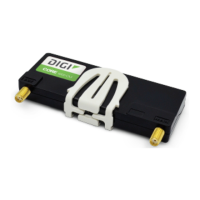
